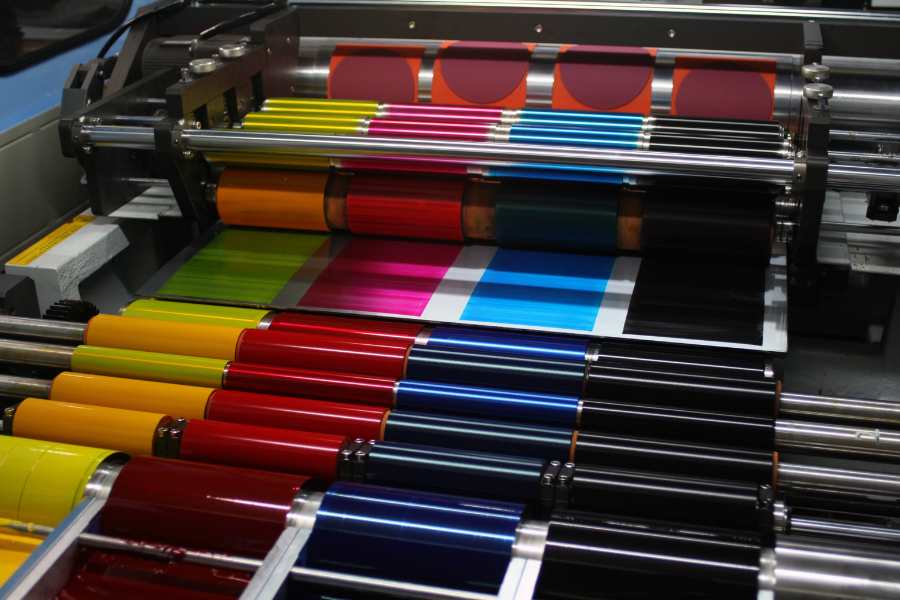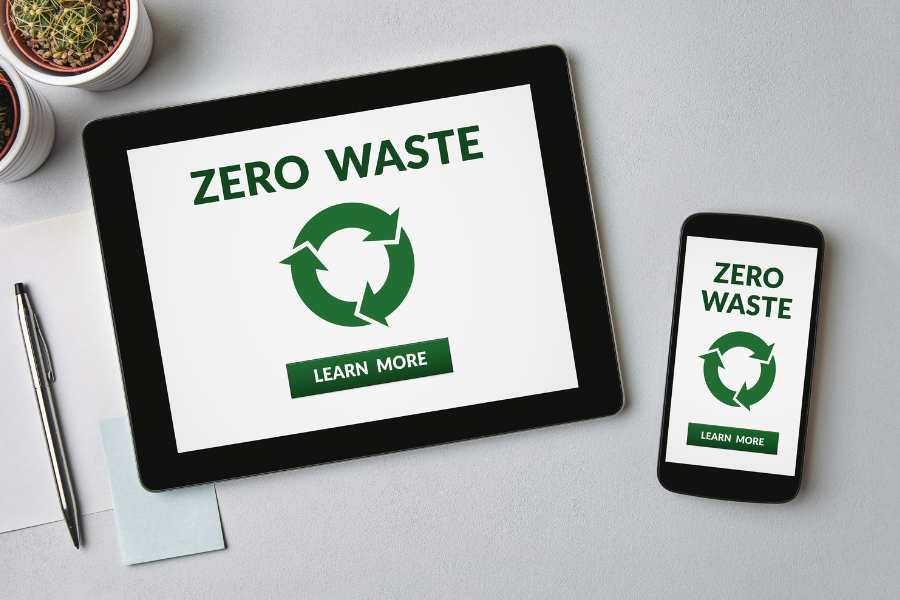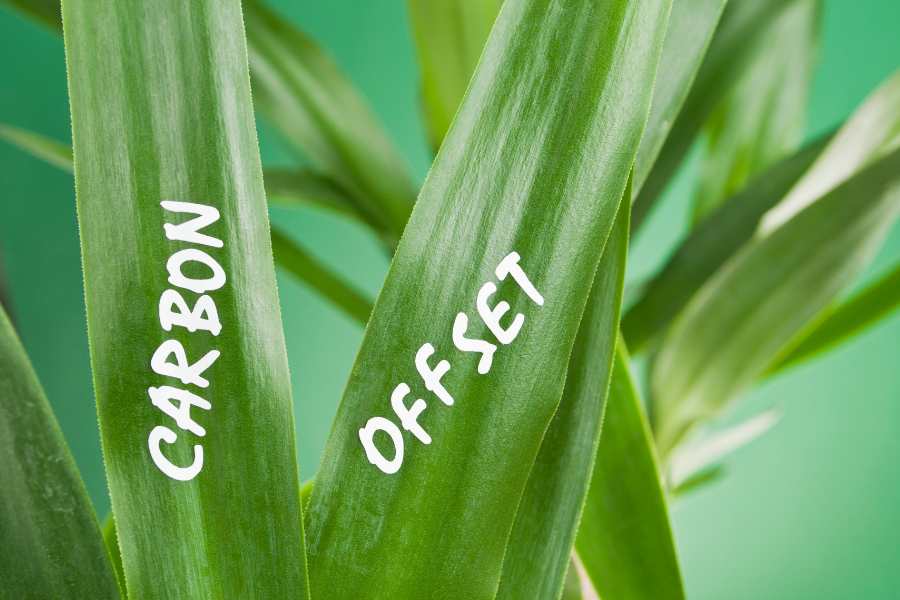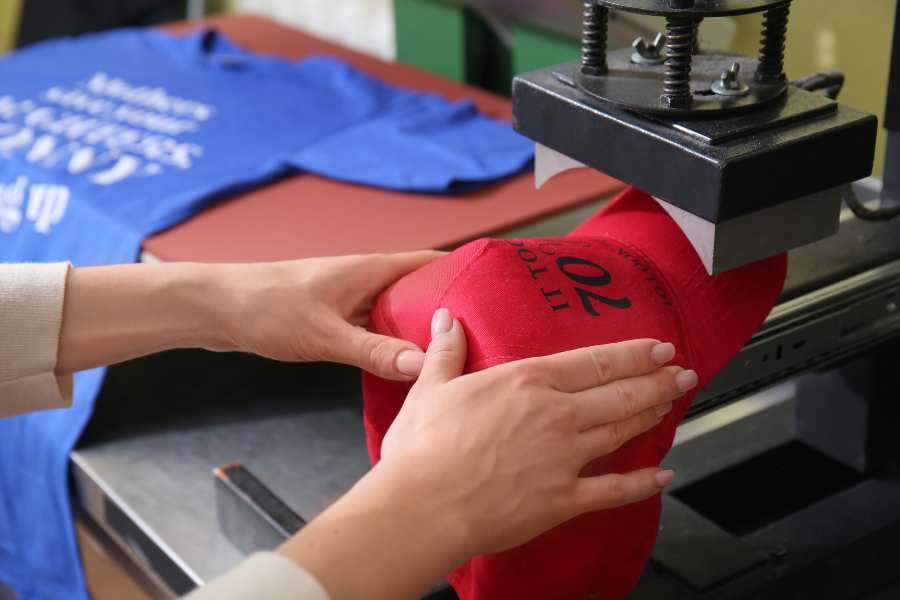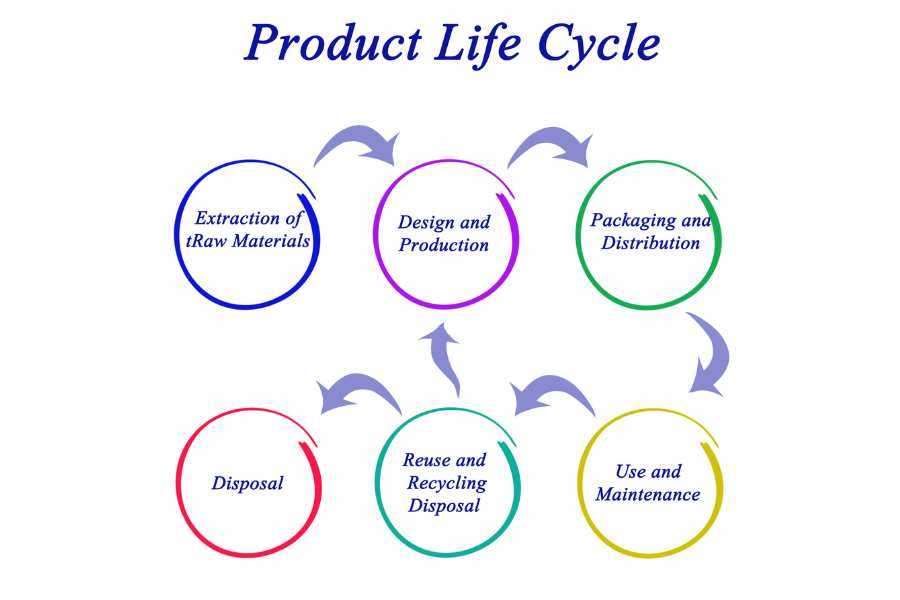Explore eco-friendly crafting with sustainable print-on-demand practices. Learn how to create beautiful products while minimizing environmental impact.
In the era of technology, print-on-demand has become increasingly popular among businesses as an efficient way to create and sell products. However, with growing concerns about sustainability, businesses must consider the impact of their manufacturing processes carefully.
This is where eco-friendly crafting comes into play. By incorporating eco-friendly practices in print on demand, businesses can minimize their carbon footprint while still meeting customer demands.
Here are some sustainable practices in print-on-demand technology:
Contents
#1. Choosing Environmentally Friendly Materials
A vital aspect of eco-friendly crafting involves selecting materials that are environmentally sustainable for product creation. In the context of print-on-demand business, this means opting for techniques that prioritize eco-friendliness and utilizing recycled or FSC-certified paper.
These materials are derived from sustainable sources or recycled fibers and contribute to reducing deforestation. Moreover, businesses should consider using water-based or soy-based inks instead of petroleum-based inks.
These alternatives are more environmentally friendly as they don’t emit volatile organic compounds (VOCs) and have a lesser impact on air quality during production.
#2. Waste Reduction
Another vital element of adopting sustainable practices in print-on-demand is minimizing waste throughout the production process. By reducing waste generation, businesses can make a positive impact on the environment.
The print-on-demand approach allows companies to produce items when there is an order, reducing the risk of overproduction and avoiding excess inventory that may end up in landfills.
Moreover, companies can encourage customers to opt for eco-friendly packaging options or even provide incentives for returning packaging materials for recycling purposes. By promoting circularity within the supply chain, businesses can contribute to addressing the problem of packaging waste.
#3. Carbon Offsetting
Additionally, it is crucial to address the carbon emissions generated during manufacturing and shipping processes as part of eco-friendly practices in print-on-demand.
To mitigate these emissions effectively, some printing companies are investing in projects that offset carbon. Carbon offsetting involves supporting initiatives that reduce or eliminate greenhouse gas emissions to compensate for emissions elsewhere.
These initiatives could include programs focused on reforestation, renewable energy projects, or technologies that capture and store carbon.
By collaborating with organizations committed to long-term sustainability efforts, custom printers can take an approach towards minimizing their impact on climate change.
#4. Educating Customers
Apart from implementing green practices within their operations, businesses should also focus on educating customers about the significance of eco-friendly crafting and fostering a collective responsibility towards the environment.
To achieve this, print-on-demand companies can include reading materials along with their products or incorporate sustainability messaging in their marketing campaigns.
By raising awareness about the importance of making eco-conscious choices, businesses can empower customers to make responsible decisions when it comes to supporting environmentally friendly products.
#5. Collaboration and Transparency
Collaborating with eco-conscious suppliers and partners is an aspect of adopting eco-friendly practices in the print-on-demand industry. Businesses should actively seek out suppliers who share their commitment to sustainability and prioritize eco-friendly practices.
Opting for suppliers with established certifications or adherence to recognized standards provides assurance that the materials used in the printing process are ethically sourced and produced.
This includes exploring options such as working with printers that possess eco-labels, green certifications, or ISO 14001 environmental management system certification.
#6. Long Term Investments
Transitioning towards eco-friendly practices in print-on-demand may require some investments. While these upfront costs might initially appear daunting, they ultimately result in long-term benefits for both businesses and the environment.
Investing in energy-efficient equipment or upgrading machinery to reduce waste can lead to significant cost savings in the long run.
Likewise, exploring green energy sources such as solar power for print-on-demand operations can greatly decrease the carbon emissions associated with electricity usage.
#7. Innovative Packaging Solutions
When it comes to the environmental impact of print-on-demand products, packaging tops the list. If you are trying to prioritize sustainability without compromising product protection, you must explore innovative packaging solutions that serve the purpose.
This includes utilizing eco-friendly materials for packaging, optimizing packaging designs to minimize material usage, and implementing initiatives to reduce single-use packaging.
In addition, offering incentives for customers to choose minimal or eco-friendly packaging options can further promote responsible consumption.
By revolutionizing packaging practices, print-on-demand companies can significantly contribute to reducing the environmental footprint associated with their products. This way, they can align with the broader goal of sustainable and eco-conscious business practices.
#8. Carbon Footprint Transparency
Transparency regarding the carbon footprint associated with the entire production and distribution process is a key aspect of eco-friendly crafting.
Print-on-demand businesses can invest in carbon footprint assessments and openly communicate the results with the customers. Providing this information empowers customers to make informed choices based on the environmental impact of their purchases.
By adopting transparent policies, companies build trust with their customer base and set a precedent for accountability within the industry.
This open and honest approach fosters a culture of environmental responsibility and demonstrates a commitment to reducing and offsetting carbon emissions throughout the lifecycle of the products.
#9. Water Conservation
Print-on-demand businesses must extend their commitment beyond material choices and take into account comprehensive water conservation measures in their production processes.
This entails a strategic optimization of printing equipment to minimize water usage, implement water recycling systems, and adopt cutting-edge technologies to curtail water waste.
Recognizing the intrinsic value of water resources, these practices contribute significantly to the overarching goal of sustainable operations within the industry.
By prioritizing water conservation, businesses reduce their environmental footprint and actively participate in the global effort to ensure responsible and efficient use of water.
#10. Product Life Cycle Consideration
An integral part of sustainable business practices in print-on-demand involves a thoughtful examination of the product life cycle. Beyond material selection, companies can make a lasting impact by focusing on designing products with extended life cycles.
Encouraging customers to adopt a mindset of caring for and repairing items, rather than resorting to disposal, is key. Providing comprehensive information on product care and repair options empowers consumers to make choices that contribute to the longevity of their purchases.
This approach not only aligns with environmental conservation principles but also directly addresses the issue of excessive waste. This results in an overall reduction in the environmental impact associated with the products.
#11. Employee Education and Engagement
The cultivation of a sustainable ethos within a print-on-demand company involves a multifaceted approach, with a significant focus on employee engagement and education.
Creating a culture of sustainability necessitates more than just policy implementation. It requires actively involving and educating employees about the profound importance of eco-friendly practices.
Conducting regular training programs that highlight the environmental impact of various business processes promotes a deeper understanding among employees. Encouraging active participation in sustainability initiatives further solidifies this commitment.
Conclusion
Incorporating sustainable practices into print-on-demand manufacturing processes is not only a morally responsible choice but also a smart financial decision for businesses in today’s environmentally conscious world.
By opting for eco-friendly materials, minimizing waste, offsetting carbon emissions, and raising customers’ awareness about the importance of eco-crafting, businesses can actively contribute to preserving our planet for future generations.
Ultimately, it is the responsibility of companies to embrace their role and work towards solutions at every stage. Together, we can shape a future through eco-crafting practices.
© 2024, Priya Florence Shah. All rights reserved.
Priya Florence Shah is a bestselling author and an award-winning blogger. Check out her book on emotional self-care for women. Priya writes short stories and poetry and chills with her two-legged and four-legged kids in her spare time.
Discover more from Business & Branding Tips
Subscribe to get the latest posts sent to your email.

